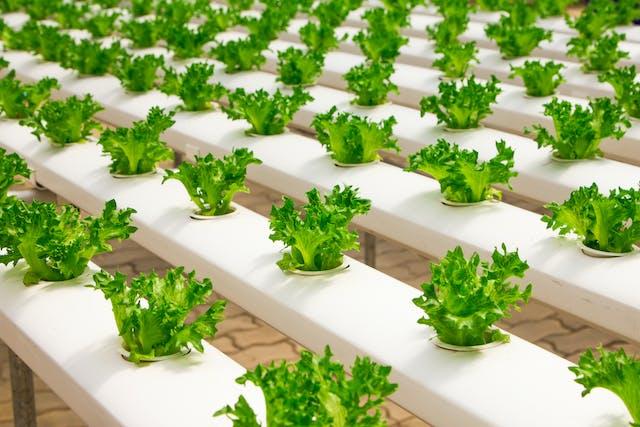
Embarking on Your Journey to Home-Grown Produce
Creating a Thriving Vegetable Garden
Starting a vegetable garden from scratch is a rewarding and fulfilling endeavor. This article provides a step-by-step guide to help you establish a thriving vegetable garden, whether you're a novice or experienced gardener.Planning Your Vegetable Garden
1. Choose the Right Location
Select a sunny location for your garden, as most vegetables thrive in full sunlight. Ensure that the area has well-draining soil and easy access to water. Consider factors such as proximity to your home and protection from strong winds.2. Design Your Garden Layout
Plan the layout of your garden beds. Consider the types of vegetables you want to grow, their spacing requirements, and any companion planting strategies. A well-designed layout optimizes space and promotes healthy plant growth.3. Gather Essential Garden Tools
Acquire essential gardening tools, including a shovel, rake, hoe, gloves, and watering can. Invest in quality tools to make the gardening process more efficient and enjoyable.Preparing the Soil
1. Test and Amend the Soil
Conduct a soil test to assess its composition and nutrient levels. Amend the soil with organic matter such as compost or well-rotted manure to improve fertility and structure.2. Create Garden Beds
Establish garden beds by defining borders and pathways. Raised beds are an excellent option for improved drainage and easier maintenance. Ensure that the beds are accessible for planting and harvesting.3. Mulch for Moisture Retention
Apply a layer of organic mulch, such as straw or wood chips, to help retain moisture, suppress weeds, and regulate soil temperature. Mulching also enhances soil structure over time.Choosing and Planting Vegetables
1. Select Suitable Vegetables
Choose vegetables that are well-suited to your climate, soil, and available sunlight. Consider your preferences and the seasonal growing conditions in your region.2. Plant According to Guidelines
Follow recommended spacing and planting depths for each type of vegetable. Pay attention to companion planting principles to maximize the benefits of plant interactions and deter pests.3. Provide Adequate Watering
Water your garden consistently, ensuring that the soil remains consistently moist. Use a soaker hose or drip irrigation system to deliver water directly to the base of plants and reduce water wastage.Caring for Your Vegetable Garden
1. Implement a Regular Maintenance Schedule
Establish a regular maintenance schedule for tasks such as weeding, pruning, and checking for pests. Consistent care promotes healthier plants and better yields.2. Fertilize Appropriately
Apply organic fertilizers as needed based on soil test results and the specific requirements of your chosen vegetables. Avoid over-fertilization, as this can lead to imbalances and affect plant health.3. Monitor for Pests and Diseases
Regularly inspect your plants for signs of pests or diseases. Address issues promptly through natural remedies or, if necessary, organic pesticides to protect the overall health of your garden.Harvesting and Enjoying Your Bounty
1. Follow Harvesting Guidelines
Harvest your vegetables when they reach maturity. Follow recommended guidelines for each type of vegetable to ensure optimal flavor and quality.2. Celebrate Your Garden's Success
Celebrate the fruits of your labor by enjoying fresh, home-grown produce. Share your bounty with friends and family, and take pride in the success of your thriving vegetable garden.Conclusion: Nurturing Your Green Thumb
May Your Vegetable Garden Flourish
As you embark on the journey of starting a vegetable garden from scratch, may your green thumb flourish, and your garden become a source of joy, nourishment, and connection with nature. Happy gardening!
Article
Be the first comment
Elite Article
9,166 Views
0
0














